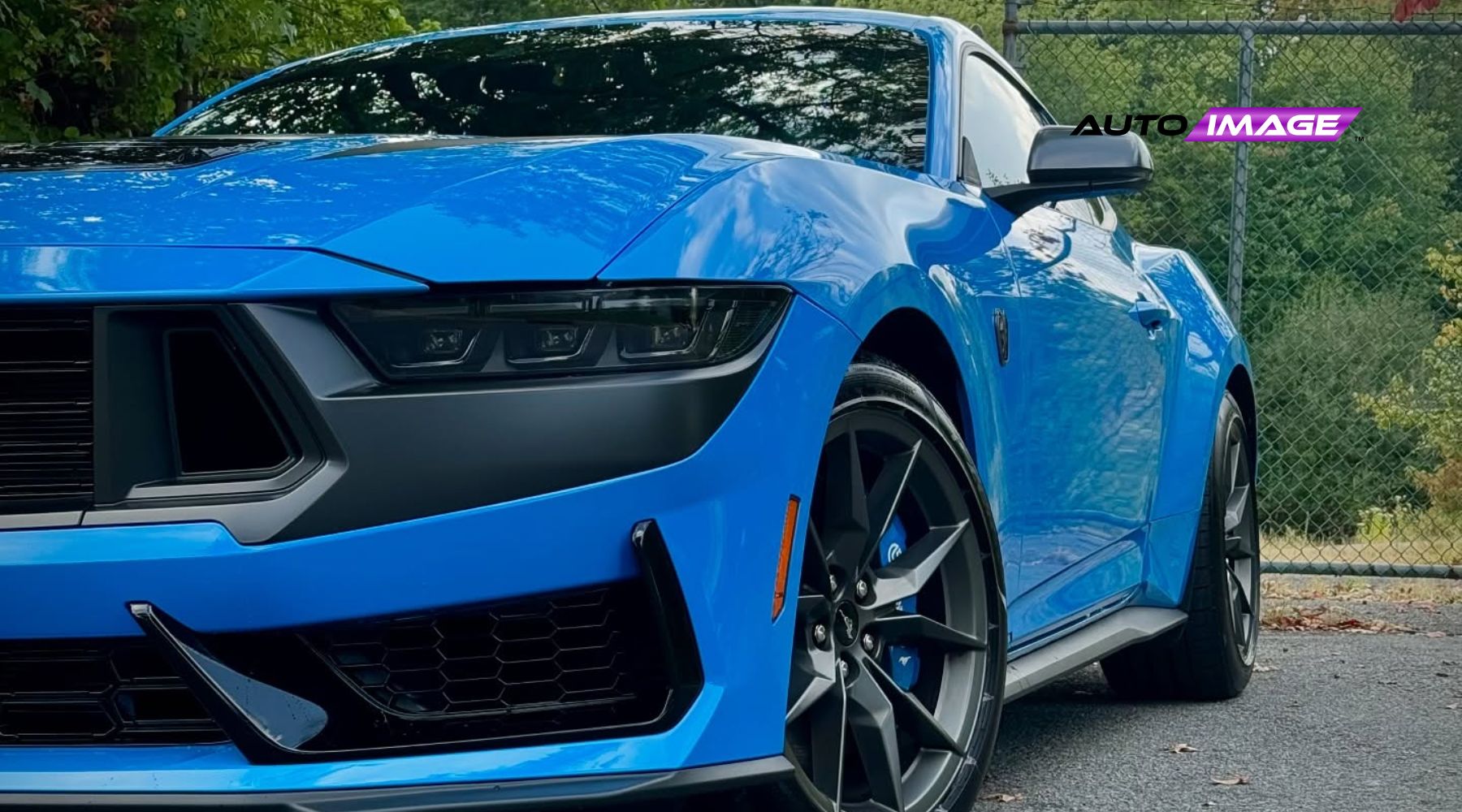Learn the Main Differences Between 4 Popular Car Window Tinting Options
The world of car window tinting has changed significantly since the product’s original release in the mid-1960s. Modern window tint is not only more effective against UV rays and solar heat, but it’s also more fashionable.
Among the many brands available, 3M™ and Solar Gard are renowned for their high-quality window tint products and variety of styles they offer. In this blog, we will explore four types of window tints, highlighting specific features and what makes them distinct. But first, let’s take a look at what car window tinting is and why it’s beneficial.
Car Window Tint: A Small Upgrade With Big Benefits
Window tinting for car windows is the application of a thin film that regulates light, solar heat, and UV rays. The film is most commonly made of polyethylene terephthalate and is available in different levels of darkness and shades.
The primary purpose of car window tinting is to reduce the amount of sunlight and UV radiation that enters a vehicle; however, more recent models of window tint products are available in different styles and reflective finishes.
Benefits of window tinting include:
- UV protection: Window tint blocks harmful UV rays, protecting occupants from sunburn and reducing the risk of certain skin cancers.
- Maintain interior aesthetics: Prolonged exposure to UV rays can fade and damage interior surfaces and upholstery. Professional window tint installation helps maintain the integrity of vehicle interiors and retain resale value.
- Heat reduction: Tinted windows help keep the interior of the car cooler by regulating the amount of heat that enters, making it more comfortable for passengers and reducing the reliance on air conditioning.
- Improved privacy: Window tint provides an added layer of privacy by making it harder for outsiders to see inside the vehicle, thus protecting personal belongings by keeping them out of view.
- Glare reduction: Tinted windows reduce glare from the sun and headlights, improving visibility and driving comfort, particularly during sunrise, sunset, or nighttime driving.
- Enhanced appearance: Window tinting enhances the aesthetic appeal of a vehicle, giving it a sleek and modern look.
- Safety and security: Window tint an help hold shattered glass together during an accident, reducing the risk of injury from flying glass shards.
Comparing Different Types Of Car Window Tinting
3M™ and Solar Gard offer a variety of window tint options, each with unique features and benefits. Let’s delve into the specifics of dyed, metalized, carbon, and ceramic window tints.
Dyed Window Tint
Dyed window tint is the traditional, economical option. It provides a non-reflective, matte finish that can range in opacity. Dyed window tint also yields numerous benefits, including UV protection, heat regulation, glare reduction, and improved privacy. Out of the four tint options, dyed window tint is the most cost-effective option.
Metalized Window Tint
Metalized window tint includes tiny metal particles in its composition that reflect heat away rather than absorb it. Another difference drivers will notice is metalized tints have a more metallic and reflective finish compared to basic dyed tints.
Although metalized tints deliver all the core benefits dyed tints do with some extra style points, the metallic particles in some tint products can interfere with GPS, smartphone, and radio signals.
Carbon Window Tint
Think of carbon window tint as a step up from metallized tints. The carbon particles incorporated into the film’s composition are highly effective at absorbing light and heat, resulting in cooler interior temperatures.
Carbon tints are also effective at reducing glare and won’t interfere with electronic signals the way metalized tints do. Plus, their materials are known for their durability and resistance to fading. The one drawback to carbon tints is that they are slightly less effective at blocking UV rays.
Ceramic Window Tint
Ceramic window tint is widely considered to be the best of the best in terms of heat rejection, UV protection, durability, glare reduction, and overall product quality. The nonconductive, nonmetallic ceramic particles incorporated into the film ensure the product delivers a premium cabin experience without affecting electronic device usage.
Just be sure to check your budget before booking your professional window tint installation. Out of the four options discussed, ceramic window tint is the most expensive.
How to Find Car Window Tint Near You
Selecting the right window tint depends on your specific needs, preferences, and budget. Dyed car window tinting is basic yet affordable. Metalized, carbon, and ceramic tints offer a bit more in terms of performance and style but are also more costly.
Ultimately, it’s best to identify your key needs so that you can effectively weigh your options. Using a tint simulator to preview what the tint will look like on your vehicle can also help with the decision-making process. Regardless of the type of window tint you choose, expect enhanced comfort, protection, and more enjoyable drives.



